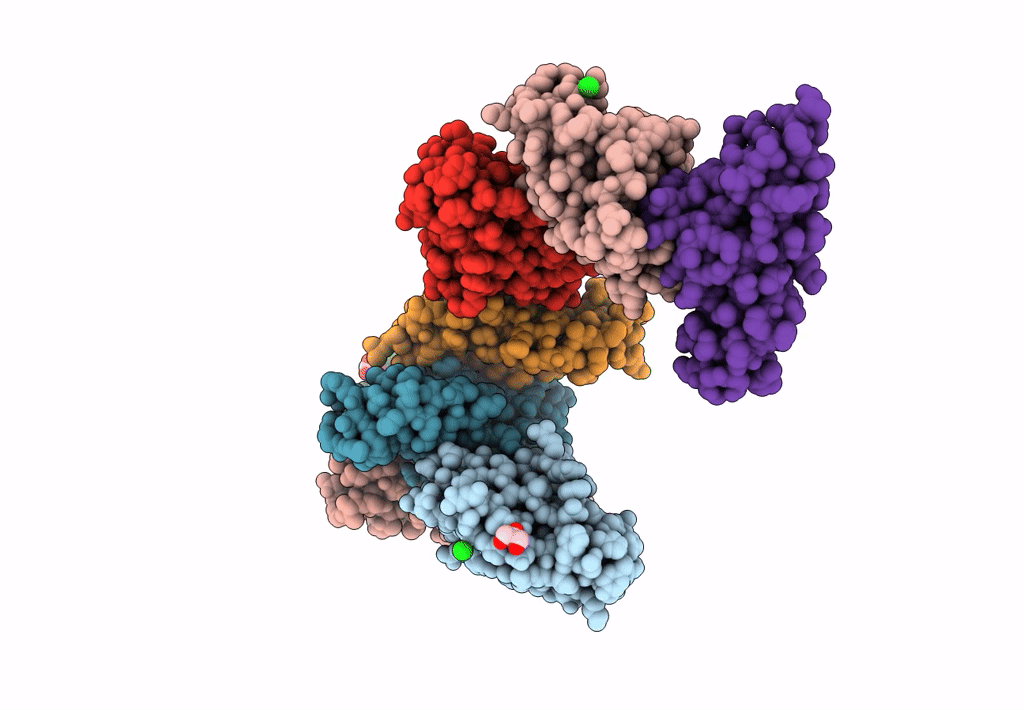
Deposition Date
2022-05-21
Release Date
2023-03-15
Last Version Date
2023-10-25
Entry Detail
PDB ID:
8CXJ
Keywords:
Title:
The IgI3 domain of R28 protein from S. pyogenes bound to CEACAM1
Biological Source:
Source Organism:
Homo sapiens (Taxon ID: 9606)
Streptococcus pyogenes (Taxon ID: 1314)
Streptococcus pyogenes (Taxon ID: 1314)
Host Organism:
Method Details:
Experimental Method:
Resolution:
3.05 Å
R-Value Free:
0.23
R-Value Work:
0.20
R-Value Observed:
0.20
Space Group:
P 43


